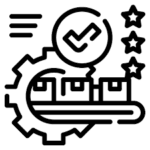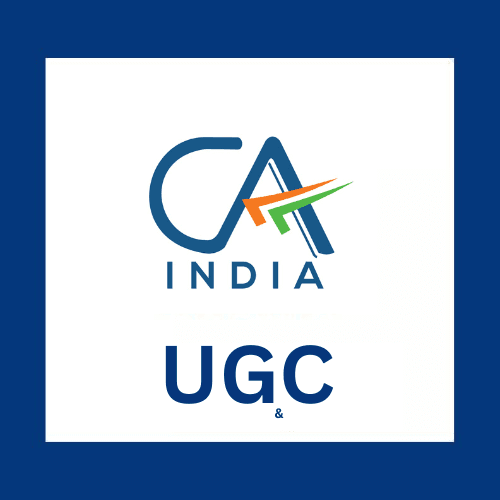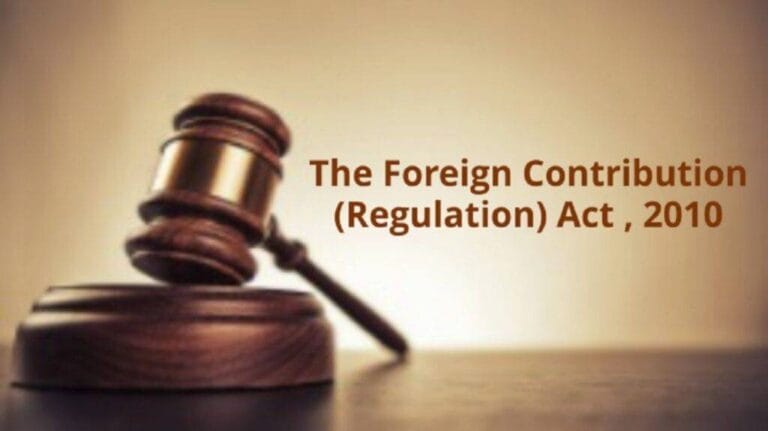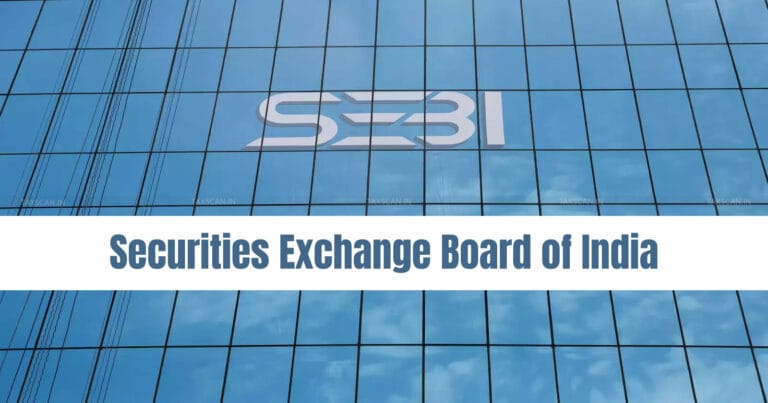Fixed asset verification is a systematic process of physically inspecting and reconciling fixed assets owned by an organization with its records. This process ensures accuracy in financial reporting, compliance with regulatory requirements, and effective management of fixed assets throughout their lifecycle.
Importance of Fixed Asset Verification
- Accuracy in Financial Reporting: Ensures that fixed asset records accurately reflect the assets owned by the organization, supporting reliable financial statements.
- Compliance: Helps in complying with accounting standards (like IFRS or GAAP) and regulatory requirements related to fixed asset management and reporting.
- Risk Management: Identifies discrepancies, potential misappropriation, or loss of fixed assets, reducing financial and operational risks.
- Operational Efficiency: Provides an updated inventory of fixed assets, facilitating effective asset management, maintenance, and depreciation calculation.
- Decision Making: Provides reliable data for strategic decision-making, such as asset acquisitions, disposals, or upgrades.
Key Aspects of Fixed Asset Verification Services
- Physical Verification:
- Conducting physical inspections of fixed assets across various locations to verify their existence, condition, and location.
- Asset Identification and Tagging:
- Tagging assets with unique identifiers or barcodes to track them during verification and subsequent audits.
- Documentation Review:
- Reviewing asset records, including purchase invoices, disposal records, and maintenance logs, to verify accuracy and completeness.
- Reconciliation:
- Comparing physical counts with the asset register to identify discrepancies and ensure reconciliation.
- Condition Assessment:
- Assessing the physical condition of assets to determine if they are in useable condition or require repairs or replacement.
- Compliance Check:
- Verifying compliance with internal policies and procedures, as well as regulatory requirements related to fixed asset management.
- Reporting:
- Documenting findings, including discrepancies, observations, and recommendations, in a comprehensive report for management review.
Process of Fixed Asset Verification
1. Planning and Preparation
- Defining scope, objectives, and methodology for asset verification.
- Gathering necessary documentation and establishing a verification schedule.
2. Physical Verification
- Conducting on-site inspections of fixed assets, guided by asset lists and location details.
- Using tagging or scanning tools to verify and update asset records.
3. Documentation Review
- Examining asset records to validate ownership, acquisition details, and depreciation calculations.
4. Reconciliation and Analysis
- Reconciling physical counts with asset records to identify discrepancies or missing assets.
- Analyzing findings to determine causes of discrepancies and proposing corrective actions.
5. Reporting and Recommendations
- Preparing a detailed verification report with findings, recommendations, and action plans.
- Presenting the report to management for review and decision-making.
6. Follow-up and Implementation
- Implementing corrective actions based on management decisions and recommendations from the verification report.
- Monitoring and documenting improvements in fixed asset management processes.
Benefits of Professional Fixed Asset Verification Services
- Accuracy and Reliability: Ensures accurate reporting and reduces errors in financial statements.
- Compliance Assurance: Helps in meeting regulatory requirements and internal controls.
- Risk Mitigation: Identifies and mitigates risks associated with mismanagement or loss of fixed assets.
- Operational Efficiency: Improves asset tracking, maintenance, and utilization, leading to cost savings.
- Decision Support: Provides reliable data for informed decision-making on asset management and investments.
Fixed asset verification is critical for organizations to maintain accurate financial records, ensure compliance with regulations, and manage operational risks effectively. Engaging professional services for fixed asset verification can streamline the process, enhance accuracy, and provide valuable insights for optimizing asset management practices. This proactive approach helps organizations maintain transparency, accountability, and efficiency in their fixed asset operations.
At Ujjwal Gupta & Co
We, at Ujjwal Gupta & Co, are dedicated to delivering personalized, high-quality solutions tailored to meet your financial and business needs. With our team of professionals and a client-first approach, we ensure that every challenge is met with expert guidance and strategic insight.
We are dedicated to ensuring your business’s success by providing best service practice available in the industry and that too at a cost effective pricing. Our team of experts is excited to work with you and provide the support you need to thrive in the Indian business landscape.
Our only motive is to create Value for Our Clients and accordingly, have a Client Value System at our Office.
So, let us help you navigate the complexities of finance and compliance, empowering you to focus on what matters most — growing your business. Get in touch today, and take the first step towards financial peace of mind.
Fixed Asset Verification is the process of physically inspecting, validating, and reconciling an organization’s fixed assets (e.g., property, plant, and equipment) with the records in its books of accounts to ensure accuracy, ownership, and existence.
It is essential to:
- Confirm the existence and condition of fixed assets.
- Detect discrepancies, such as missing or obsolete assets.
- Ensure accurate reporting for audit and financial compliance.
- Prevent misuse or misappropriation of assets.
- Maintain proper asset records for taxation and depreciation purposes.
Typically, the following fixed assets are verified:
- Land and buildings
- Plant and machinery
- Furniture and fixtures
- Office equipment
- Vehicles
- Computers and IT assets
Fixed Asset Verification involves:
- Physical verification of assets at their respective locations.
- Matching asset details with the Fixed Asset Register (FAR).
- Identifying missing, obsolete, or non-functional assets.
- Tagging assets with unique identification numbers (barcodes or RFID).
- Generating a comprehensive report for reconciliation and action.
A Fixed Asset Register (FAR) is a detailed record that includes:
- Asset description and unique identification number
- Location of the asset
- Purchase date, cost, and useful life
- Depreciation details
- Current status (working, idle, sold, or discarded)
Some common challenges include:
- Incomplete or outdated asset records
- Difficulty locating assets across multiple sites
- Assets that lack proper tagging or identification
- Accounting for obsolete, missing, or disposed assets
- Time and resource constraints during physical verification
Fixed Asset Verification should ideally be conducted:
- Annually to comply with statutory and audit requirements.
- At the end of each financial year for accurate reporting.
- Periodically for high-value or sensitive assets to prevent misuse.
The key outcomes include:
- Identification of missing or misreported assets.
- Updated Fixed Asset Register (FAR).
- Accurate calculation of depreciation and book value.
- Recognition of obsolete or idle assets for disposal.
- Improved asset management processes.
To streamline verification, the following tools are used:
- Barcoding or RFID systems for asset tagging
- Asset management software for maintaining the FAR
- Scanners and mobile applications for quick data capture
- Automated reconciliation tools to match physical assets with records
Fixed Asset Verification is conducted by:
- Internal teams (finance, audit, or operations)
- External auditors or professionals specializing in asset verification
- Independent agencies hired for physical verification and reporting
Why Choose UGC?

Client Centric Approach
Client is the key driver of our service offerings. Our approach to service offerings is based on a client centric and customized approach. Our specialized teams are a mix of technical and industry experience in order to serve clientele for their specific needs.

Team Work
We have built high performing teams supported by strong work ethic. Our team is a mix of experts, professionals and support staff from technical and varied academic, social and ethnic backgrounds. We believe diversification plays a vital role in motivating the team.

Quick Turnaround
We always endeavour for a quick turnaround time to serve our clientele. We are supported by an experienced and client focussed support teams to offer timely services to our clientele. In case of any business exigencies and time sensitive service requirements, you can always count on us.

Open Communications
We believe that open communication is the core principle in order to demonstrate trust, build long lasting and valuable relationships with clientele. We are committed to ensuring transparency in communication, service offerings and delivery. We provide professional services to our clients.

Client Value System
We value for the Client time and thus, we offer services that are value for money. Quality professional services are provided to our clients, so that they are able to achieve their desired results. We are a quality trademark in the industry and thus, our clients count on us always.

Quality in Delivering Work
Our service offerings are driven by quality and reviews at every level. We strive to provide a qualitative and value-added delivery to our clientele. At all times, we endeavour to provide exceptional client service by meeting client expectations and driving client satisfaction.
















